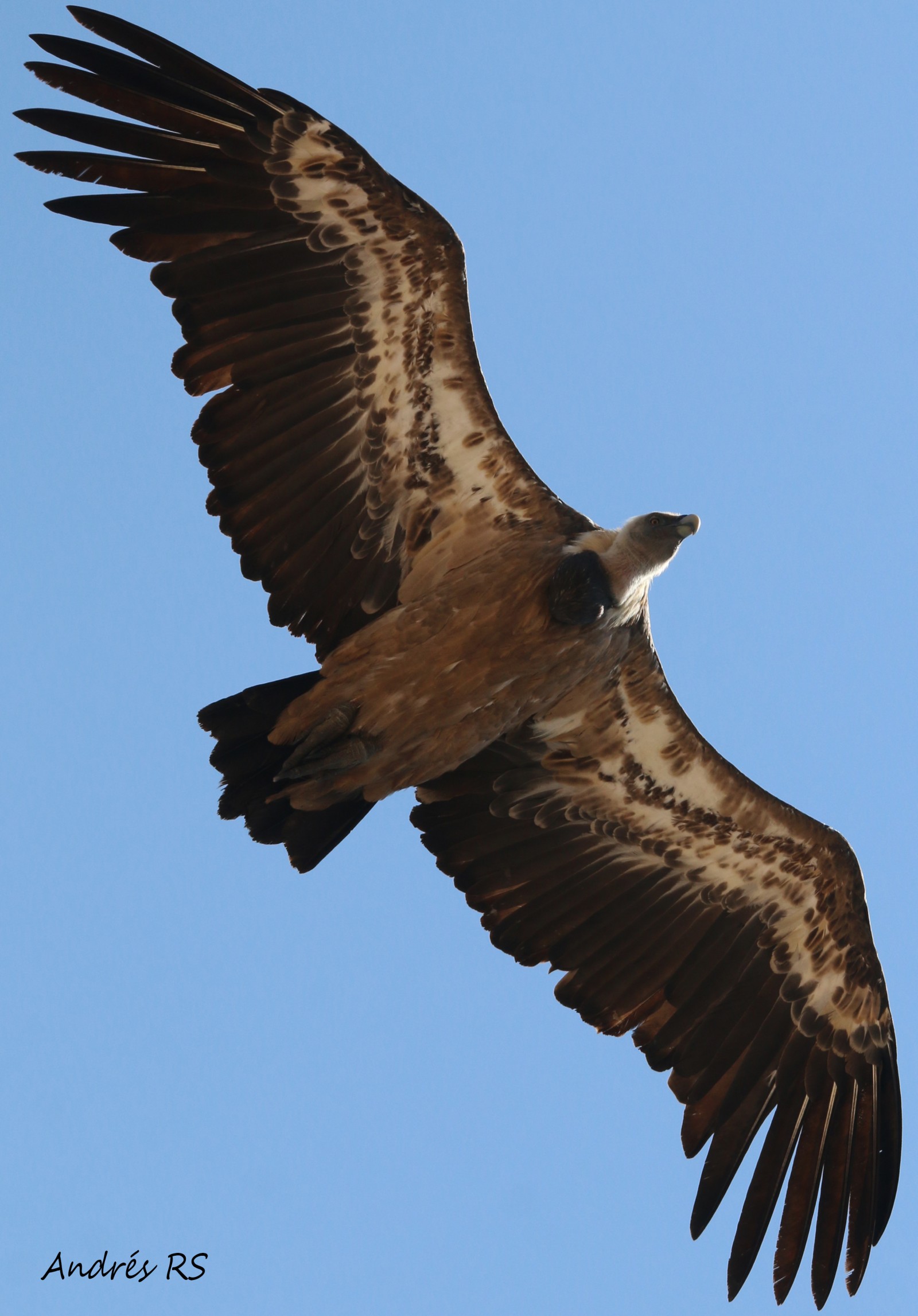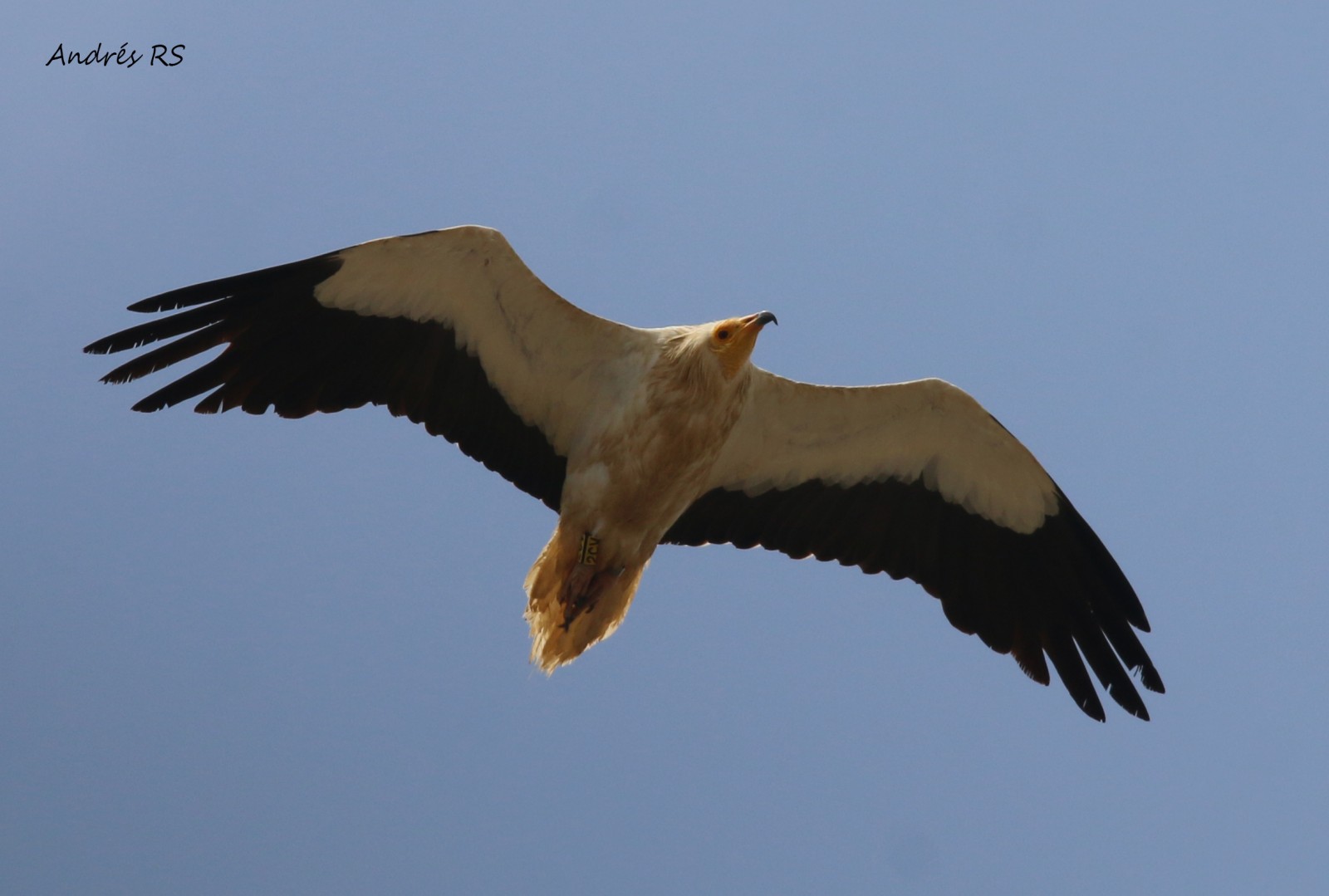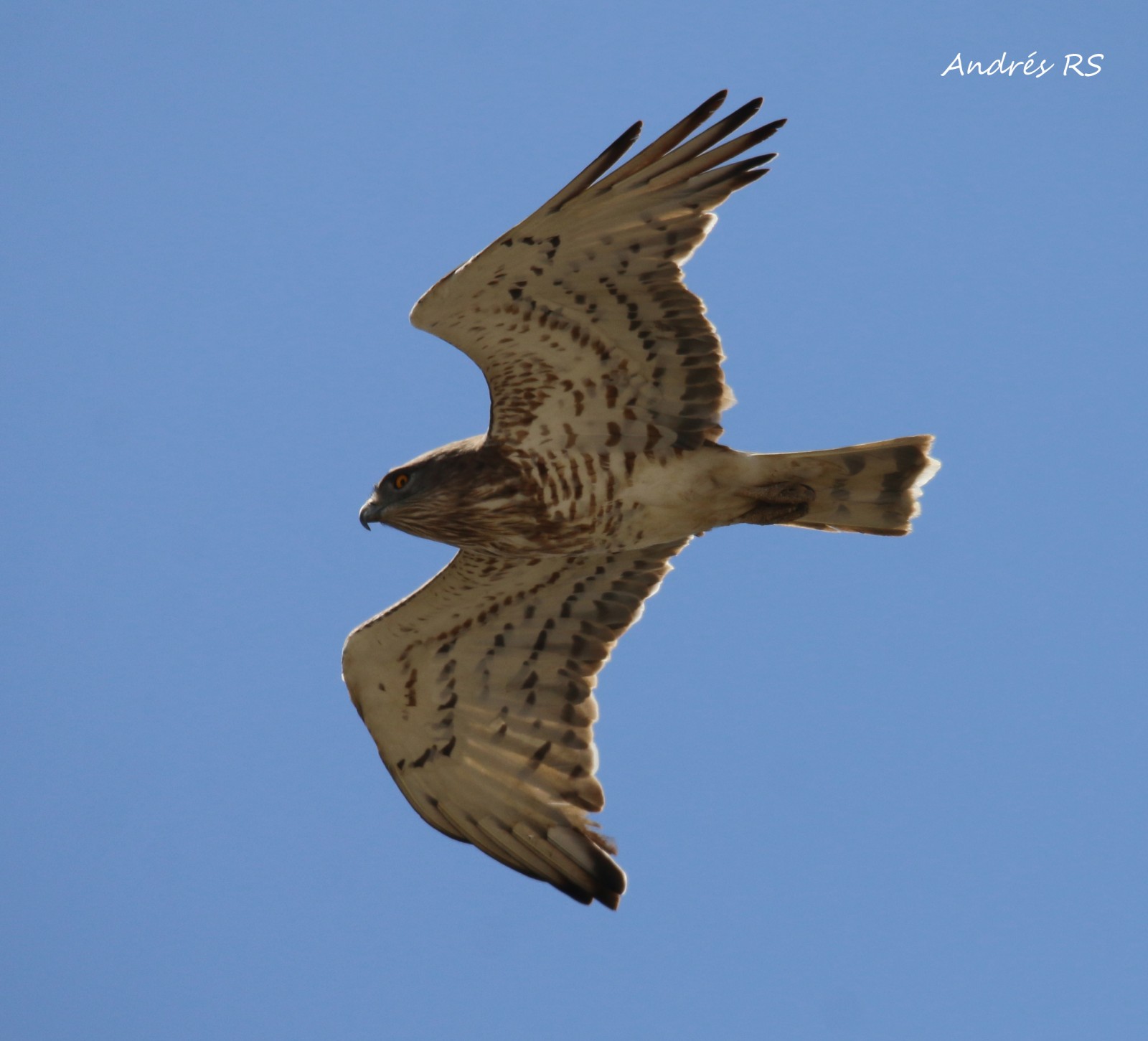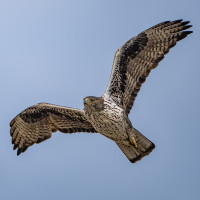Description
Sierra Crestellina is a mountainous area of limestone rock. The largest colony in the province of Gæsagammur is located on its ridges and cuts, among which it is possible to enjoy Tógammur from time to time, especially on postnuptial migration dates or during winter. In addition, vultures also share habitat with other raptors such as Haukörn, Skarngammur or Förufálki and passerines such as Bláþröstungur, Urðardepill and Steinspör. During a walk, because it also has a large Mediterranean forest area, it will not be a difficult task to hear Grænspæta, Hnotigða, Limsöngvari, Krossnefur. others and in some more open areas differentiate Steintittlingur. Other raptors more typical of these media and abundant are Snákerna and especially Skálmörn.
Another characteristic claim that can fly over you at any time is that of the Bjargkorpungur and during the nights with a bit of luck the powerful sound of the Úfur will cross.
In certain areas of wild olive trees with some rocks and others with low bushes we can find somewhat different species. Good examples can be the Steppusvarri or the Trjásvarri, the Jörfadepill, the Skopsöngvari, the Kamblævirki in the first type and in the second the Busksöngvari and the Hjálmsöngvari in the second.
In the months of February to May and from August to October it will be possible to observe migrating gliding birds, with the appearance of large flocks of Vatnagleða and Býþjór among another long list of raptors that include up to Eyfálki or juveniles of Skassörn in dispersal. Another glider species that fly over the Sierra in groups of varying size is the Kolstorkur.
_________________________
Espagnol: Aquí será fácil disfrutar del vuelo de rapaces durante todo el año, así como otras especies rupícolas y forestales. Sierra Crestellina es una zona montañosa de roca caliza localizada en el término municipal de Casares. En sus crestas y cortados se localiza la mayor colonia de la provincia de Gæsagammur entre los cuales de vez en cuando es posible disfrutar del Tógammur , especialmente en fechas de migración postnupcial o durante el invierno. Además los buitres comparten también hábitat con otras rapaces como el Haukörn , el Skarngammur o el Förufálki y paseriformes como el Bláþröstungur , la Urðardepill y el Steinspör . Durante un paseo, debido a que también cuenta con una amplia zona forestal mediterránea, no resultara una tarea difícil oír Grænspæta, Hnotigða, Limsöngvari, Krossnefur... Entre otras y en algunas zonas más abiertas diferenciar al Steintittlingur . Otras rapaces más propias de estos medios y abundantes son la Snákerna y especialmente el Skálmörn .
Otro característico reclamo que puede sobrevolarte en cualquier momento es el de la Bjargkorpungur y durante las noches con un poco de suerte se cruzara el potente sonido del Úfur .
En determinadas zonas de acebuchal con algunas rocas y otras con matorrales bajos podemos hayar especies algo distintas. Buenos ejemplos pueden ser el Steppusvarri o el Trjásvarri , la Jörfadepill , el Skopsöngvari , la Kamblævirki en el primer tipo y en el segundo la Busksöngvari y la Hjálmsöngvari en el segundo.
En los meses de febrero a mayo y de agosto a octubre será posible la observación de aves planeadoras en migración, con la aparición de grandes bandos de Vatnagleða y Býþjór entre otra larga lista de rapaces que incluyen hasta al Eyfálki o juveniles de Skassörn en dispersión. Otra especie planeadora que sobrevuelan la Sierra en grupos de tamaño variado es la Kolstorkur.
Details
Access
It is easily accessible from the coastal N340, by taking the A377 road north to Manilva and then towards Gaucín. Either take the right turn-off on to the MA546 to Casares or continue on towards Gaucín, where you can view the Sierra Crestellina to your right, just after the Casares turn-off.
Depending on the species that you intend to observe, some places or others will be better. The Gæsagammur is easily observable anywhere as well as the rest of raptors, practically these are visible from any point nearby because they fly over the peaks quite high. It will simply depend on the date to see one or the other species, for example, Skálmörn and Snákerna will be easy to find in summer, but this will become much more difficult in winter. On one side, a type of environment of more open areas can be located, but on the other side, closed forest spaces, thus varying the species. To see its side that faces the Genal Valley, perhaps the best option will be to stop at the vulture viewpoint on the A-377 road, a point that is some distance from the rocks but has wide visibility. On the Casares side, the most enjoyable is by entering the natural Crestellina circular path, which passes near cut and forest areas and also has a refuge.. The map shows this circular walk of 11 km through the sierra (height difference that is bridged during the walk is 600 m) near Casares.
_________________________
Espagnol: Dependiendo de la cara y las especies que pretendamos observar serán mejor unos lugares u otros. El Gæsagammur es fácilmente observable en cualquier parte así como el resto de rapaces, prácticamente estas son visibles desde cualquier punto cercano porque sobrevuelan los picos bastante altura. Simplemente dependerá de la fecha para ver unas u otras especies, por ejemplo, el Skálmörn y la Snákerna serán de fácil localización en época estival, pero esto se tornará mucho más difícil en invierno. Por una de sus caras podrán localizarse un tipo de ambiente de zonas más abiertas pero en la contraria espacios forestales cerrados, variando así las especies. Para ver su cara que da hacia el Valle del Genal, quizá la mejor opción será parar en el mirador de buitres de la carretera A-377, punto que queda a algo de distancia de las rocas pero cuenta con amplia visibilidad. En la cara de Casares, como más se disfruta es adentrándose en el sendero circular Crestellina natural, que pasa cerca de zonas de cortados y forestales y además cuenta con un refugio.






